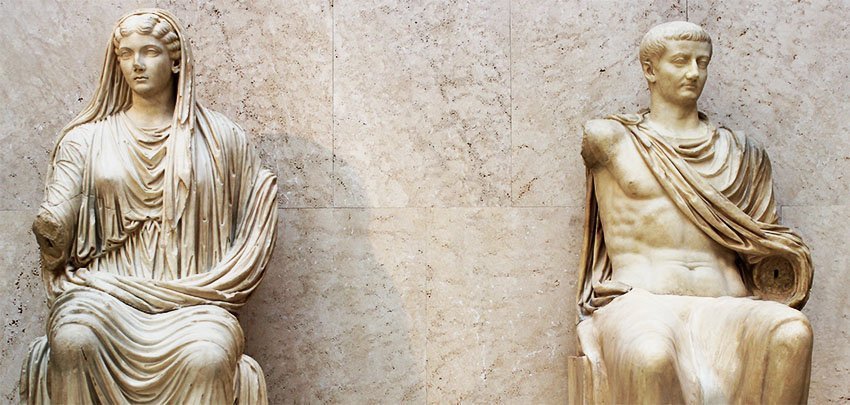Tiberius (Claudius Nero), the second emperor of Rome

by Jeff Garcia
Tiberius (Claudius Nero), the second emperor of Rome, ruled from 14 to 37 AD. He controlled the land of Israel through client-rulers, in particular, Herod the Great’s sons, Antipas (Luke 23:11) and Philip (3:1, Matt 14:3 etc.).
Tiberius’ direct rule was brought about through prefects and procurators, most notably, Pontius Pilate (26-36 AD), who condemned Jesus to crucifixion. Caesar, however, was no fan of Pilate. Yet, archaeological evidence suggests that Pilate’s response was to construct a Temple in Caesarea, that is a Tiberium, to worship and honor him.
Tiberius is never mentioned explicitly in the New Testament. He is remembered in the name of the city dedicated to him by Herod Antipas, Tiberius—situated on the western shore of the Sea of Galilee (John 6:21)—as well as the name given to the lake sea, Sea of Tiberius, in John’s Gospel (6:1, 21:1).
Tiberius may also be the ruler whose image appears on the coin that Jesus requests to see when he is questioned regarding paying tribute to Caesar (see, Luke 20:26).

Roman emperor Tiberius and his mother Livia, AD 14-19, from Paestum, National Archaeological Museum of Spain, Madrid by Miguel Hermoso Cuesta

